Does your blog or website get updated regularly? Perhaps it is time to add more content. Let’s explore why this strategy might be one of the best ways to grow your online presence as a nonprofit organization.
When we think about marketing your nonprofit, we tailor our content strategy to fit your needs. Many organizations use social media more often than web content to grow their online presence. We understand this strategy because social media can be a powerful tool to raise awareness for your mission. Look at any social media influencer, and you’ll see common themes. They post often, use hashtags, cover on-trend topics, and connect with their audiences.
While it’s true that web content requires more time than social media posts, it has the potential to grow your online presence in unique, lasting ways. Unlike social media, web content doesn’t need to be at the top of a viewer’s news feed for visibility. Visitors can find your landing pages or blog through their online searches.
Consider these 3 reasons to use web content for marketing your nonprofit:
- Build trust with your target audience.
- Rank higher in Google search results with topical authority.
- Use SEO to raise awareness about your mission.
Let’s explore these reasons further!
1. Build trust with your target audience.
The content on your website is your chance to show any visitor what your nonprofit is all about. This is a crucial method of advocating on the web for the cause behind your mission. You can also paint a clear picture of what your nonprofit is doing to accomplish your goals and make the world a better place.
Additionally, you can increase engagement with your target audience through blog content demonstrating your nonprofit’s current activities and milestones. For the best blog content, it is vital to think about who your target audience is. Are they potential volunteers, donors, partners, or groups of individuals that may need your nonprofit’s help?



Next, you’ll want to put yourself in your target audience’s shoes. What are they looking for in a search that should lead them to your nonprofit? You may need to approach this the same way that businesses do. For example, think about scenarios where you might be trying to find information online as a consumer.
Example of building trust with content
Let’s say you need to take your beloved dog to a veterinarian in a new area, and you’ll need to drop off your dog due to your work schedule. There happen to be four vet clinics to choose from. Google ratings show they are all about even, so you go to the websites to get a sense of each place.
One website is primarily bare and doesn’t have any clinic images or information on the staff. They don’t list their services or success stories. As a result, you’re more likely to feel hesitant about leaving your furry family member there.
Then, you find a vet clinic with a website containing photos, staff biographies, and a blog that shows they are keeping up to date on the latest medicine. You see pictures of their “pet hotel,” where you can stop by for a tour. You start feeling much better about dropping your beloved dog off with them. This is an example of how great content can build trust and help others.
2. Rank higher in a Google search with topical authority.
You are likely familiar with the concept of topical authority. When you have plenty of relevant content on a specific topic, you achieve topical authority. You can master this by creating a large amount of content on your topic over time. If you have more high-quality content on this subject than other websites do, you have better chances to reach your target audience.
Blog posts are a way to talk about something you know a lot about and share your knowledge with viewers, no strings attached. Give your readers content that inspires them to get involved in something close to their hearts.
When we think about topical authority, we must remember how it works in a search ranking. Google is getting better than ever at saving our time. It does this by putting the websites with the most relevant information at the top of the search. Therefore, Google doesn’t rank websites with very little information on the subject they specialize in or content about the organization’s mission.
Example of topical authority
To demonstrate search ranking with topical authority, let’s say you wanted to know all about the topic of homeschooling to help you decide if it’s the right choice for your family.
What is going to be more helpful? A general education website with one article about homeschooling titled, “How can I encourage learning in a home environment?”
Or, consider a website that has 20 different articles demonstrating a focus on homeschooling with these titles:
“Homeschooling, the Pros and Cons”
“How can I help my child adjust to being homeschooled?”
“Learning outcomes for homeschooled children”
As you can see, there’s a big difference. Google’s algorithm is more likely to rank a website higher if it will be more helpful to you.
3. Use SEO to raise awareness about your mission.
By using the same words your visitors enter for their search, this is another way of helping them find your nonprofit website.
To properly utilize SEO, you’ll need to have plenty of relevant content, as previously mentioned. Additionally, you’ll need to be responsible and strategic with keywords. Use only SEO keywords that have an organic place in your content.
We are all thankful that the days of throwing irrelevant keywords into a post for higher rankings are long over. Instead, authenticity wins now. This is another way that Google has improved the user experience.
As a nonprofit, you are already ahead with authentic content.

The good news is that you already have a strong foundation for authentic content to share as a nonprofit. This is because your organization has heart and soul behind everything you are doing. You have a group of dedicated team members who want to see this mission through. When you show your audience who you are as a nonprofit, your website becomes the perfect environment to showcase authentic content that inspires visitors to take action.
.svg)


.svg)
.svg)
.svg)

.avif)




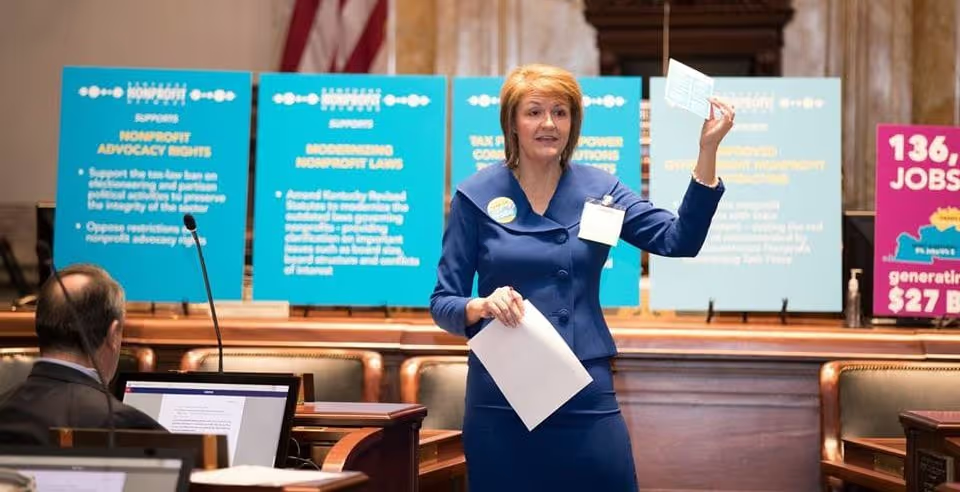







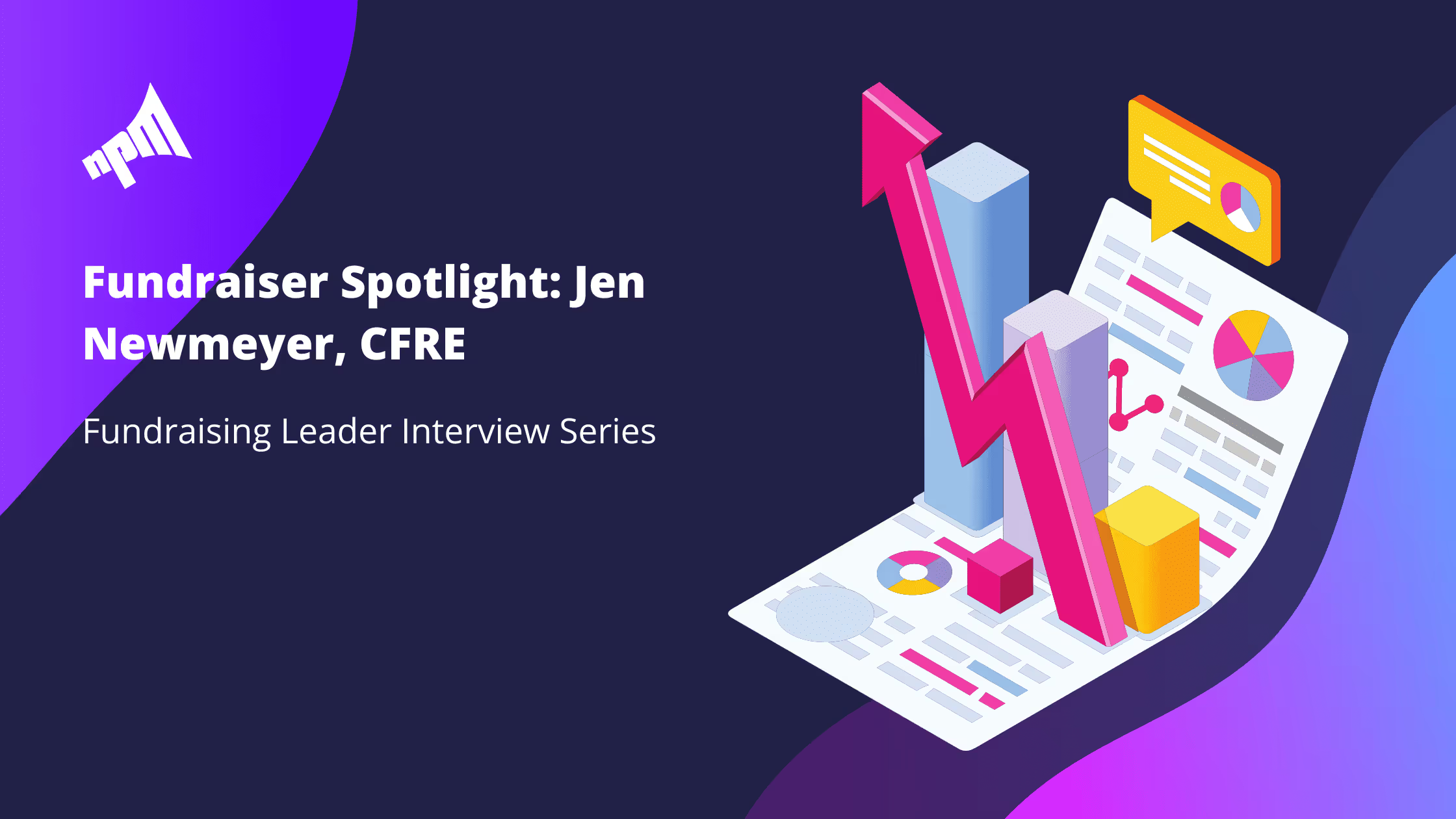
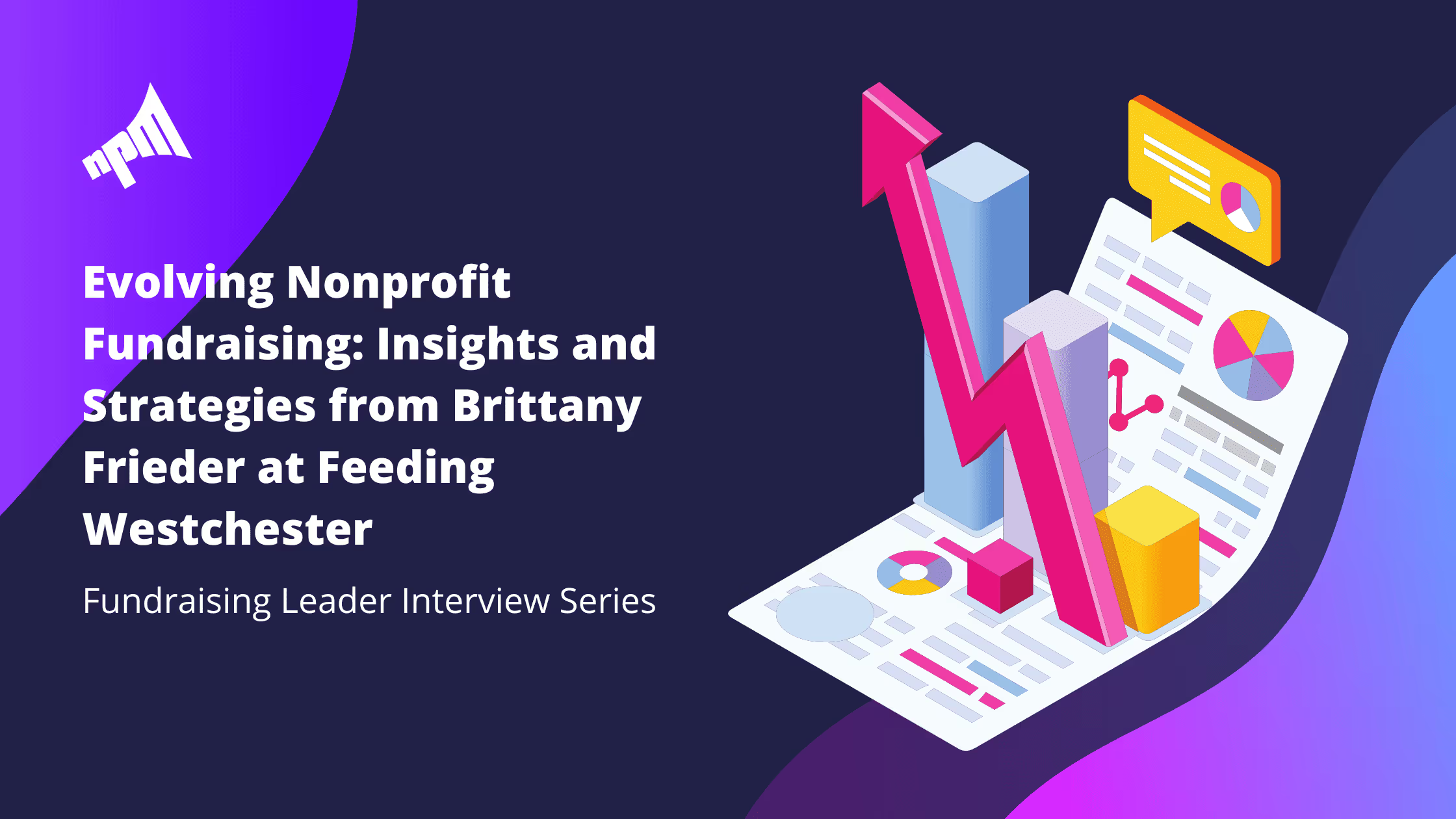
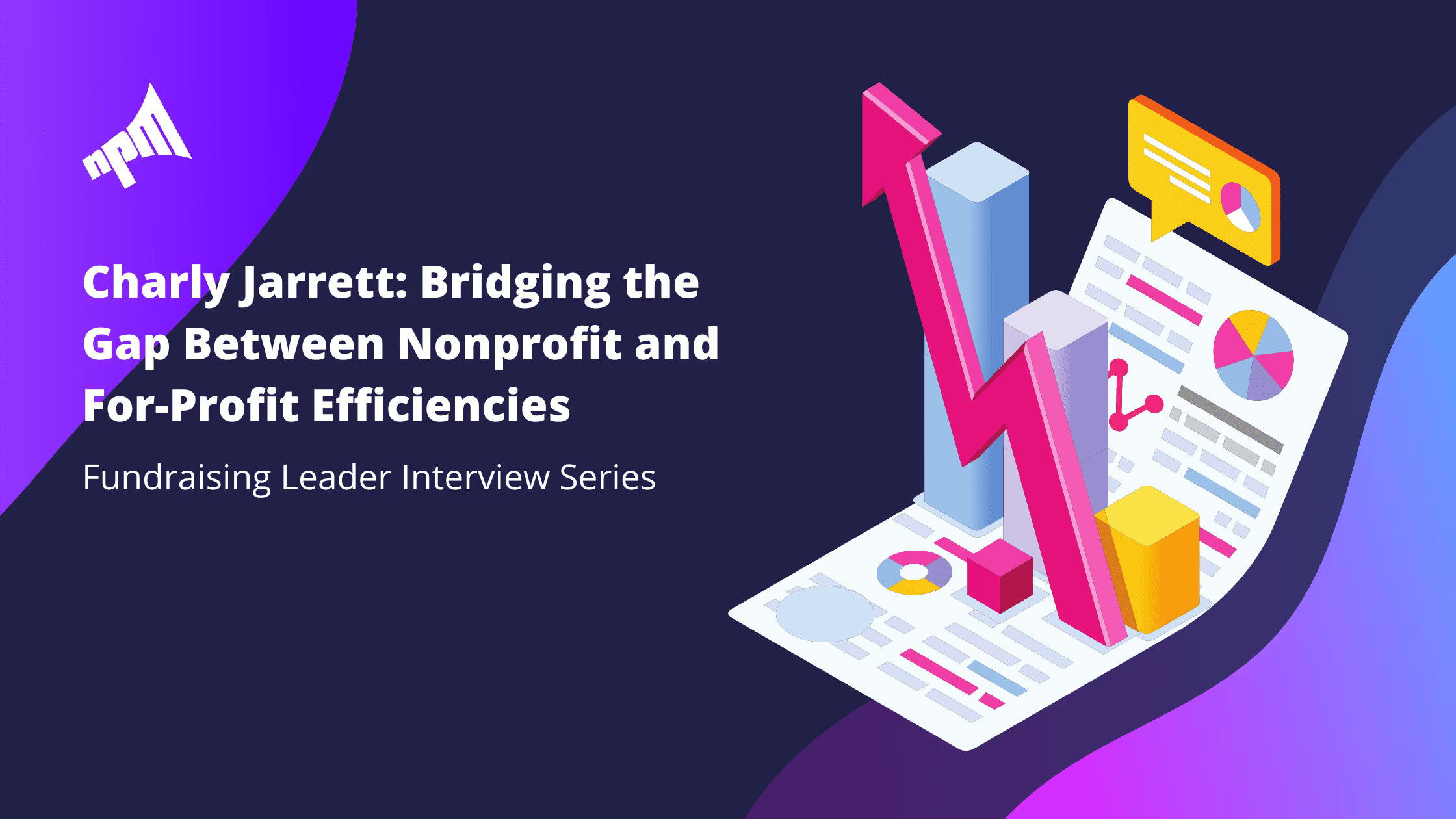












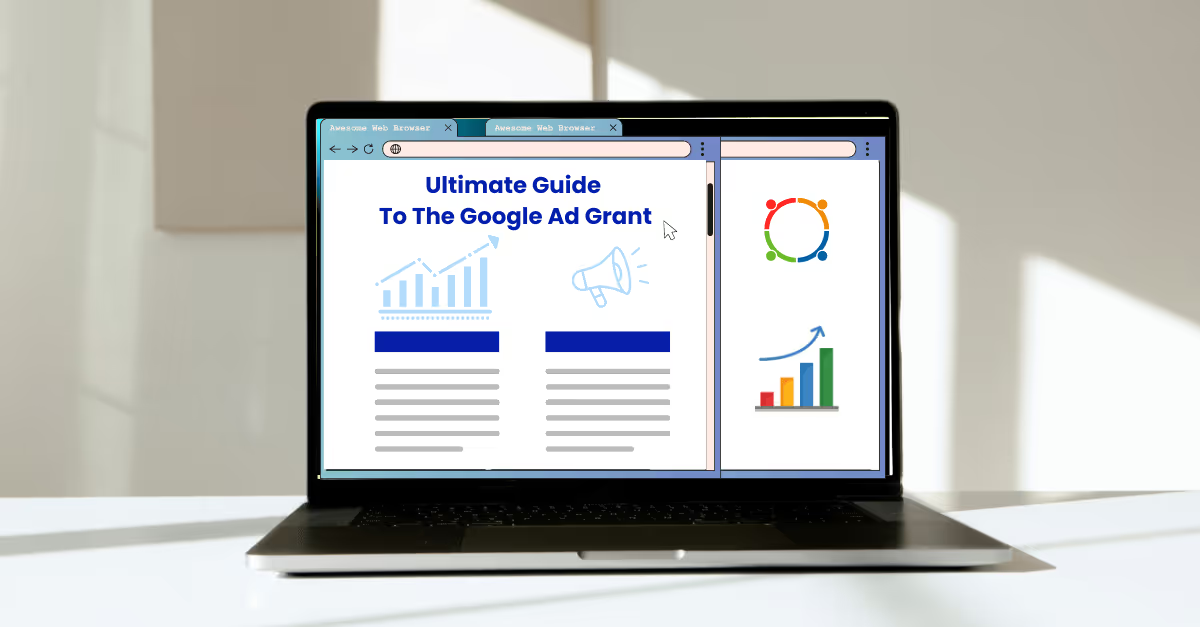















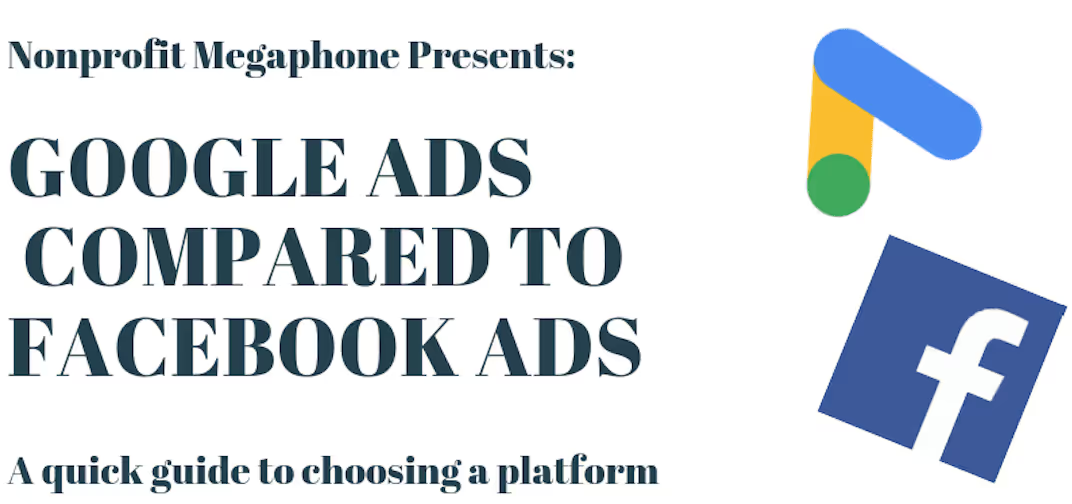




















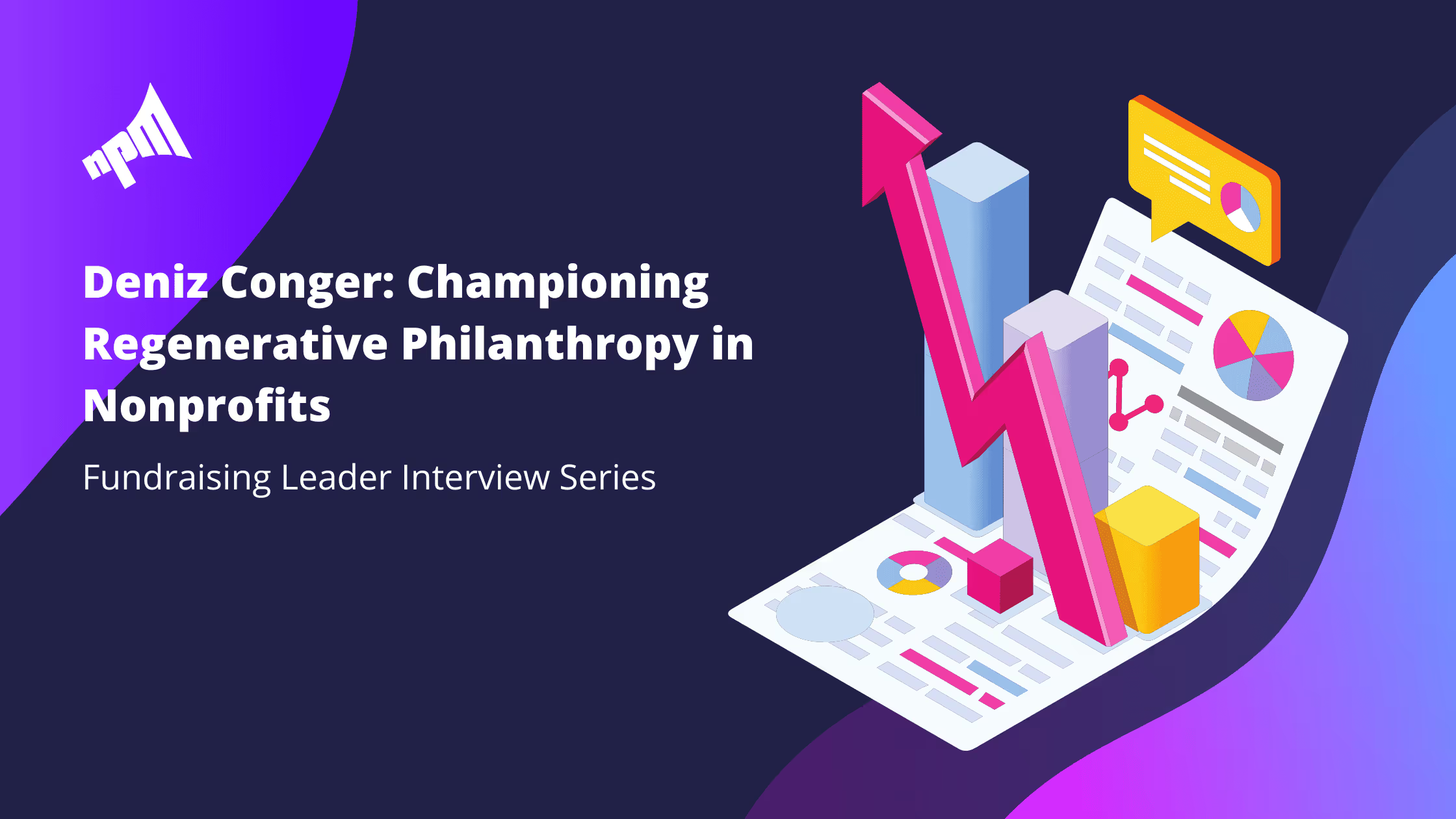












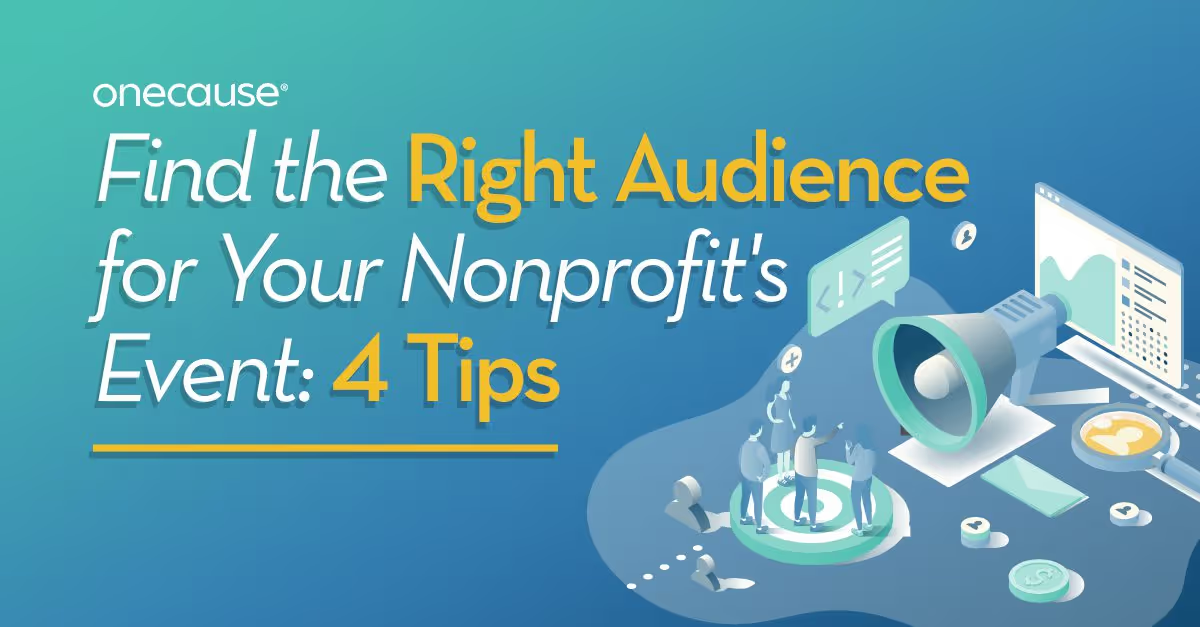
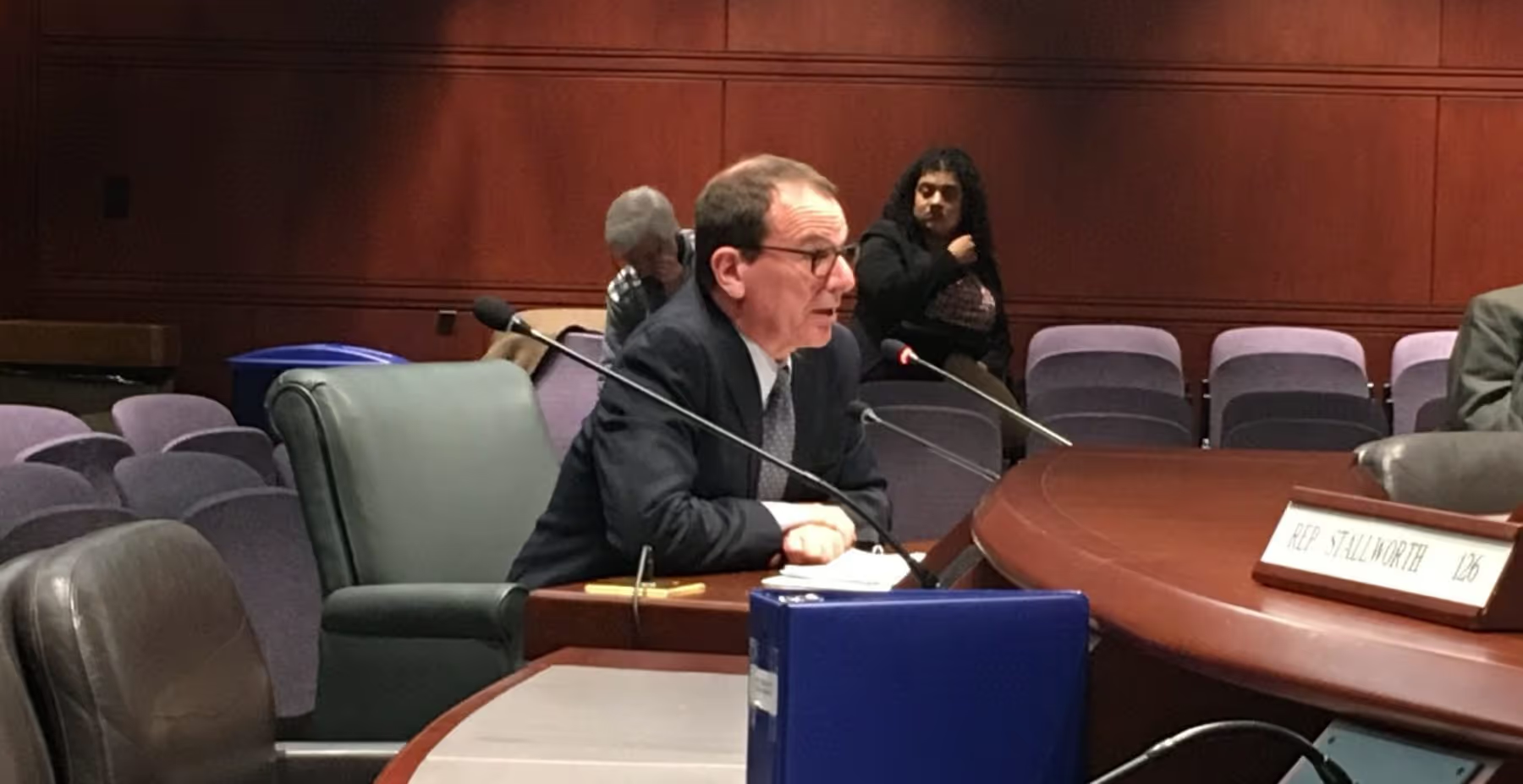

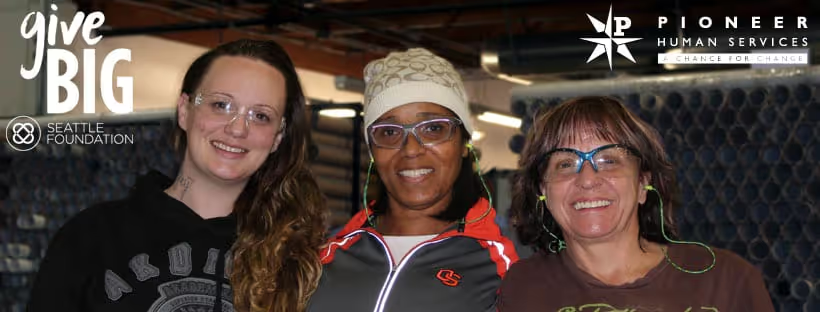
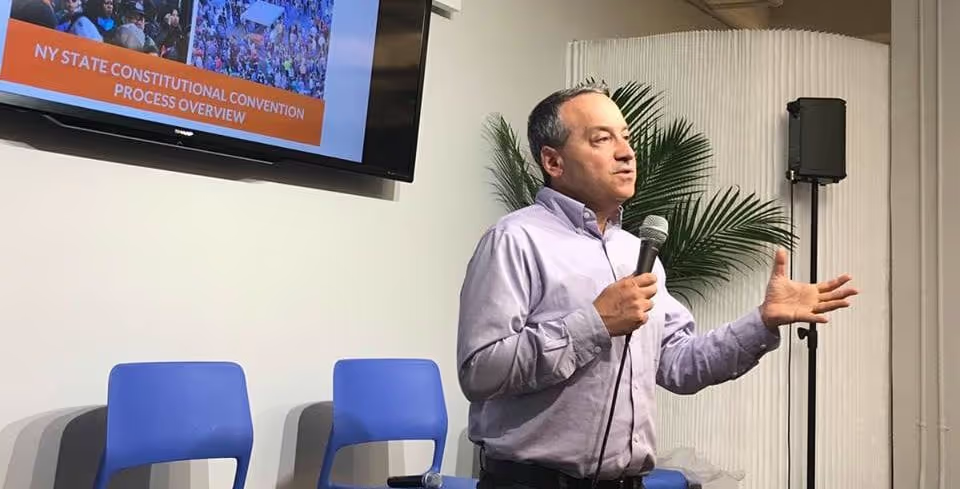




















.svg)
.svg)
.svg)
.svg)